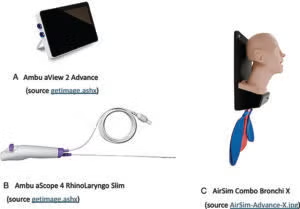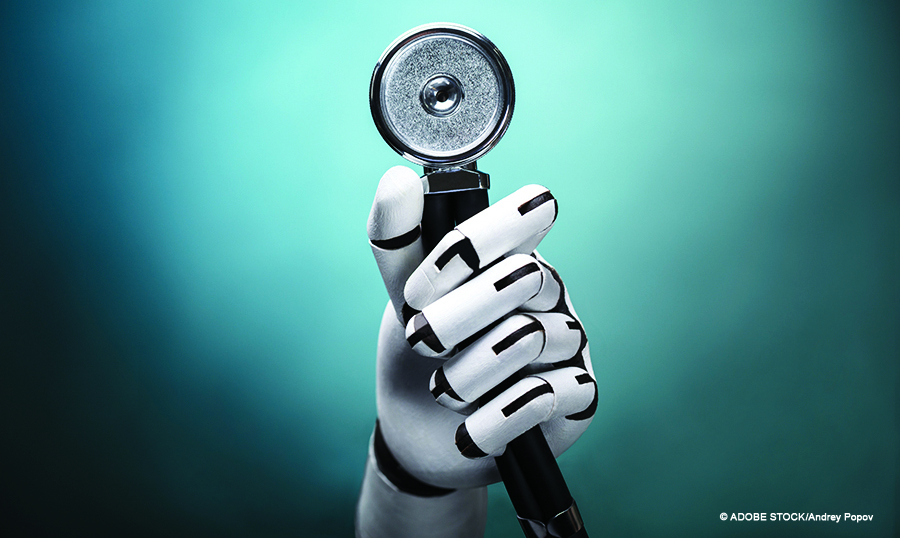Study authors describe the development and pilot testing of the first AI software “copilot” to help train novices to competently perform FFL on a manikin and improve their uptake of FFL skills.



Artificial intelligence (AI) is poised to significantly enhance healthcare by improving patient care and transforming the work experience for providers, particularly in otolaryngology. AI can reduce administrative burdens, allowing clinicians to focus more on patient interaction and thoughtful care.

Innovations initially developed for and by the gaming industry have moved into medical clinics and operating rooms.

Medical students and residents are embracing new technologies to help them study. This shift is driven by advances in artificial intelligence (AI), educational platforms, and other digital tools, along with demands for more flexible and personalized learning.

In this article, we entertained the question of whether our trainees should be required to use extended reality (XR) technologies to achieve a certain level of proficiency before engaging with hands-on surgical experiences.

It’s critical that otolaryngologists become familiar with, educated about, and unafraid of AI to prepare for the inevitable integration of AI applications into their practices.
Commercial-grade, app-based pure tone audiometry demonstrates an overall strong correlation and accuracy with traditional audiometry, but it is not intended to replace an evaluation performed in a controlled environment with calibrated equipment and a skillfully trained clinician.
In examples of academic submissions with “fake” references, journal staff and reviewers must be able to detect inappropriate use of artificial intelligence (AI) tools such as ChatGPT.

The Procreate application was utilized on iPad Pro to intraoperatively annotate 3D renderings of head and neck surgical defects and resection specimens. By using Procreate on an iPad, the surgeon could annotate intraoperatively without breaking scrub to indicate the breadth of supplemental margins harvested in real time.

A new computer program may be able to predict which hearing-impaired children treated with cochlear implants will develop effective language skills two years after implantation